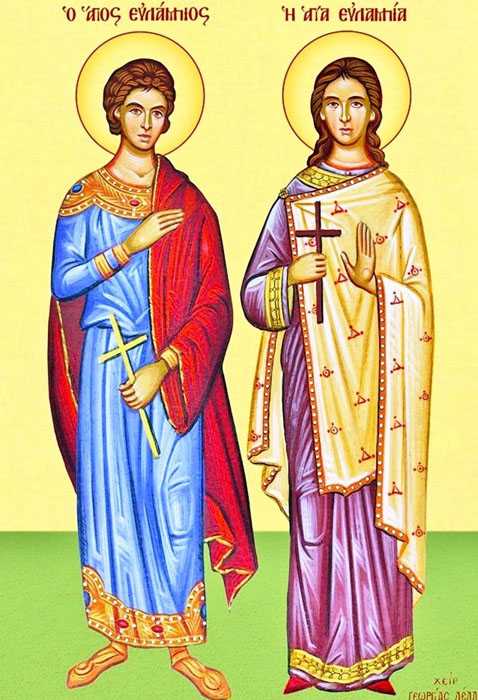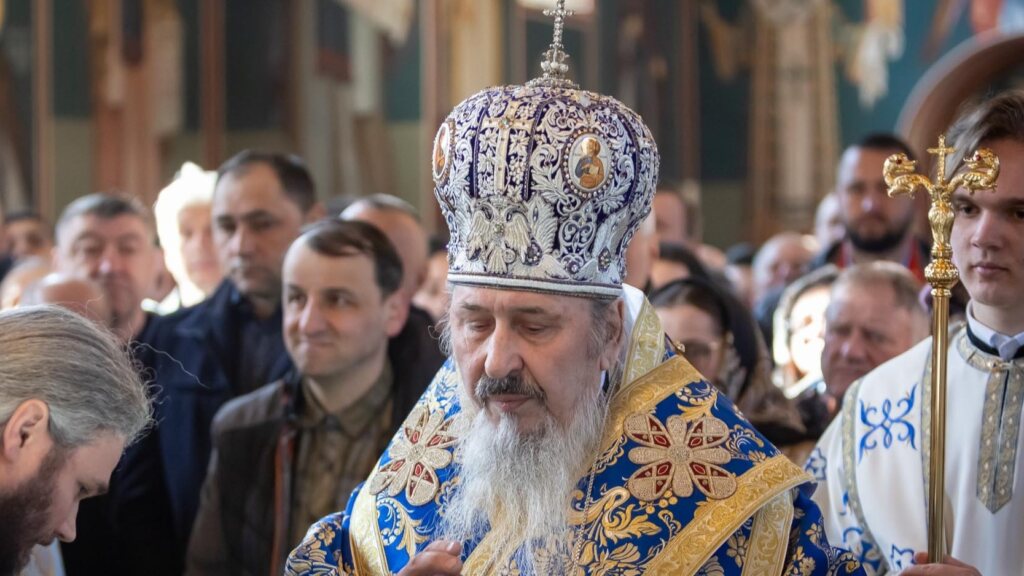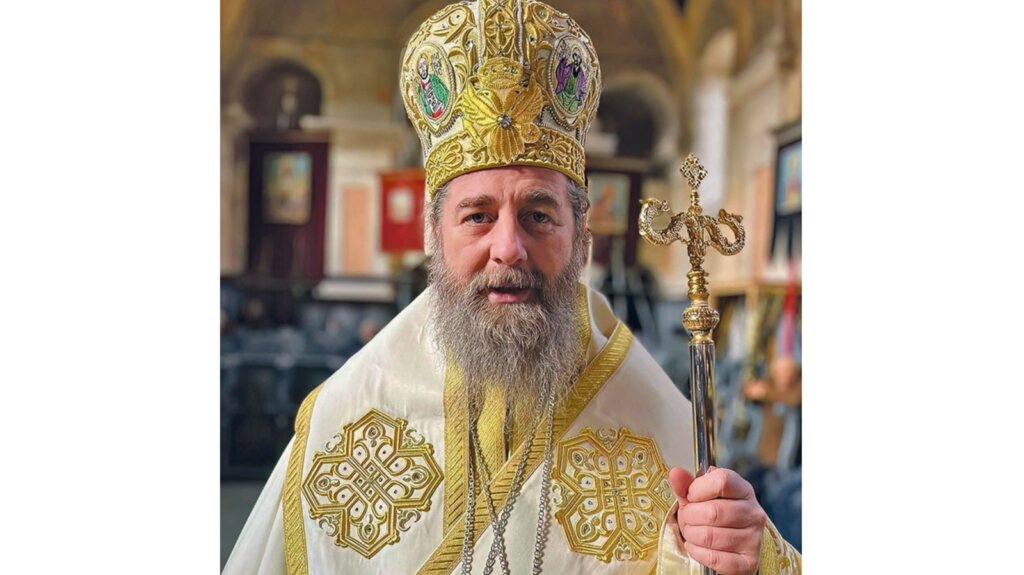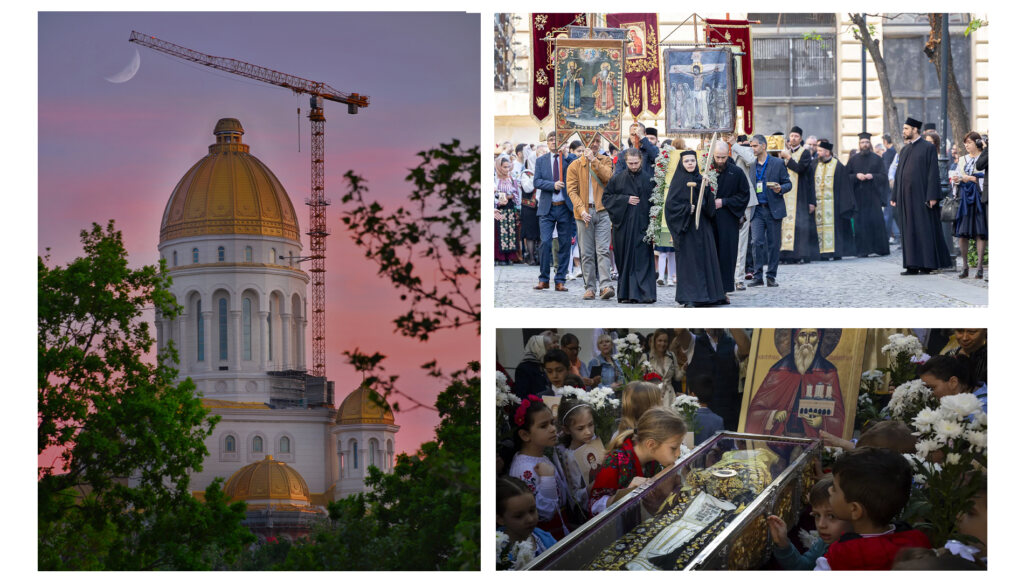Saints Eulampius and Eulampia
They were brother and sister. They lived at the beginning of the fourth century in the city of Nicomedia. Eulampius became upset after reading the decree of the emperor Maximian (284-305) sentencing all Christians to execution. Eulampius was horrified that the emperor was taking up arms against his own subjects rather than fighting the enemies of his country.
The youth was brought to trial and commanded to renounce the Christian Faith. When he refused, they first raked him with iron hooks, and then placed him upon a red-hot bed of coals. All of a sudden the sufferer expressed a wish to visit the pagan temple.
The judges were delighted, supposing that they had turned him from Christianity. In the pagan temple of Mars, the saint approached the idol and cried out, “In the Name of the Lord Jesus Christ I command you to fall to the floor and crumble into dust!” The idol immediately crashed down to the floor and was destroyed.
The people exclaimed, “The Supreme God is the Christian God, Who is great and mighty!” St Eulampius was again taken away for torture. This time his sister, Eulampia, appeared before the judges and declared that she also was a Christian. Eulampius told her, “Sister, do not fear those who kill the body but are unable to kill the soul” (Mt.10:28).
The martyrs were tortured and thrown into a red-hot furnace, but the Lord protected them from the fire. Finally, they beheaded Eulampius, but Eulampia died from her torments before she could be beheaded.
Troparion — Tone 4
Your holy martyrs Eulampius and Eulampia, O Lord, / through their sufferings have received incorruptible crowns from You, our God. / For having Your strength, they laid low their adversaries, / and shattered the powerless boldness of demons. / Through their intercessions, save our souls!
Saint Theophilus the Confessor of Bulgaria
He came from the area surrounding Tiberiada. When he was thirteen, the saint secretly left his home to go off to the monastery on Mount Selenteia. There he matured spiritually under the guidance of the Elder, St Stephen.
After three years St Theophilus was tonsured into monasticism. When the parents of the saint learned where their son was, they went to the monastery and asked the igumen to send Theophilus and several of the brethren to establish a new monastery closer to their home.
The igumen bade all the monks to fast and to pray so that a sign might be received. On the third day, a voice was heard in the church giving the blessing for Theophilus to start a new monastery since he would become renowned for his many spiritual exploits.
During the period of the iconoclast controversy culminating in the reign of the iniquitous iconoclast emperor, Leo the Isaurian (717-741), St Theophilus openly revolted against the iconoclast folly.
In accord with the emperor’s orders, the saint was subjected to beatings and led through the city tied up like a criminal. The emperor then gave Theophilus over into the charge of the official, Hypatius who tried repeatedly to compel the confessor to renounce holy icons. Theophilus remained steadfast. Instead, he succeeded in converting Hypatius.
As proof of the validity of icons, Theophilus cited the brass serpent set up by Moses (Num 21:9), the corroboration of the Cherubim atop the Ark of the Covenant, and finally how the Savior Himself had given to Abgar, the Prince of Edessa, His Icon Not Made by Hands (August 16).
Persuaded by this evidence, Hypatius gained the emperor’s permission to set the saint free. The confessor returned to his monastery. He lived only a short time longer, and in the year 716 St Theophilus fell asleep peacefully in the Lord.
Tr by oca.org






